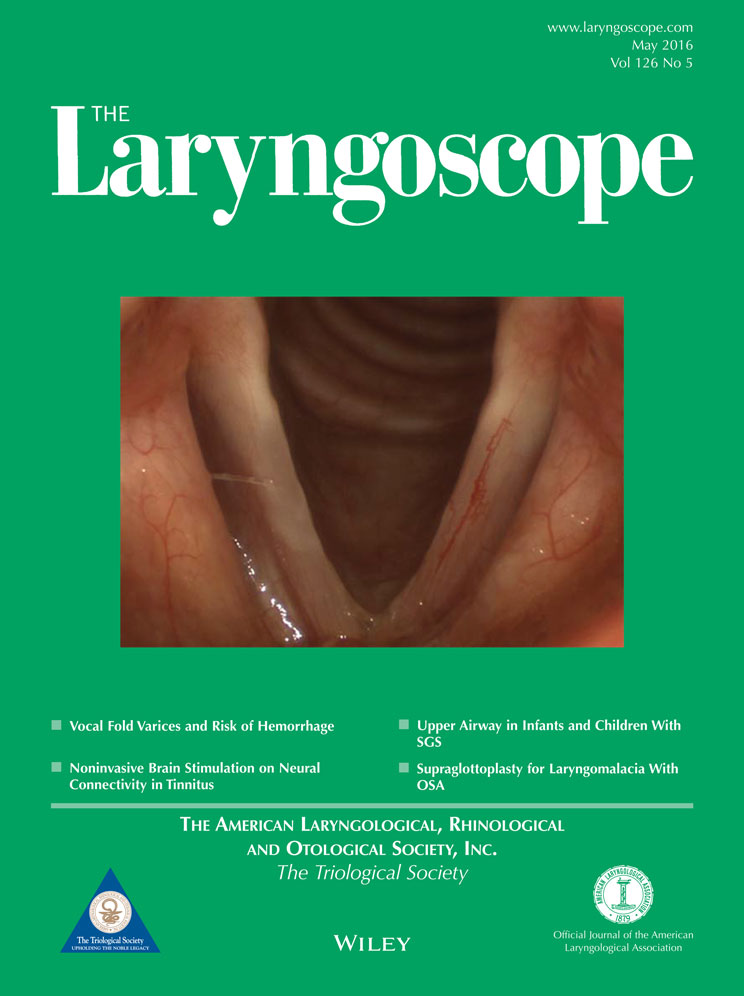Late complications after percutaneous tracheostomy and oral intubation: Evaluation of 1,628 procedures
The authors have no funding, financial relationships, or conflicts of interest to disclose.
Abstract
Objectives/Hypothesis
In large international studies, upper airway–related stenosis, granulomas, malacias, and laryngeal nerve palsies following percutaneous tracheostomy have an estimated incidence of 6% to 31%. The incidence following prolonged oral intubation is estimated to be 10% to 22%. The purpose of this study was to assess the incidence of late complications in our unit.
Study Design
Retrospective search of a single-unit intensive care patient population.
Methods
Patient records for a defined period were searched using a predefined search string, identifying those who received invasive mechanical ventilation and split in subgroups by orotracheal tube or tracheostomy tube. This search was cross-linked with the International Statistical Classification of Diseases and Related Health Problems, 10th Revision (ICD-10) codes associated with recognized complications (J38.0, J38.3,J38.6, J38.7, J39.8, J39.9, J95.0, J95.5, J95.8, J95.9, J99, R04.8,S27.5).
Results
During the period January 1, 1997 to December 31, 2013, 32,852 patients were admitted to the intensive care unit. Of these, 1,620 patients received invasive mechanical ventilation. Out of this group, 519 had a tracheostomy and 1,109 were orally intubated. Four tracheostomized and zero orotracheally intubated patients had ICD-10 codes related to complications. From the patient records it became clear that three of four patients with tracheostomy had airway symptoms before being tracheostomized, and the fourth patient had her tracheostomy following a postintubation airway stenosis.
Conclusions
Spanning a 17-year period, our study did not show any long-term symptomatic upper airway complications following tracheostomy and only one following orotracheal intubation. This contrasts the internationally estimated incidence.
Level of Evidence
4 Laryngoscope, 126:1077–1082, 2016




